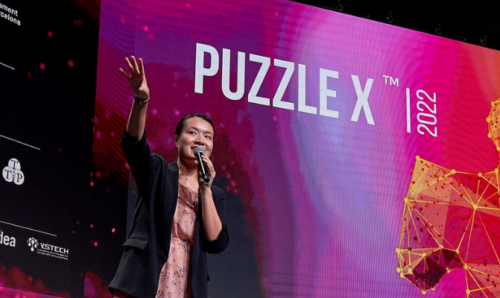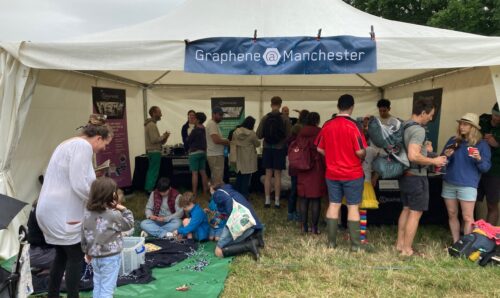The right place, at the right time – the journey to a PhD
Research 24 November 2016
The Graphene NOWNANO CDT programme was a case of the right opportunity presenting itself at the right time.
Studying for my A-levels in Bolton, I had one of those over-enthusiastic and motivational teachers who really cared, both about her subject, and the progress of the students she was teaching. She would highlight areas outside of the chemistry curriculum that she thought might capture my curiosity and force me to actually pay attention to my science lessons. Bringing magazine articles and journal entries for me to read, she drew my attention for the first time to nanoscience. I was interested, but at that relatively early stage in my academic life, I chose to pursue the broader discipline of chemical engineering, deciding that, if the opportunity arose, I would return to the more specialised field of nanoscience at a later date.
I obtained my MEng in Chemical Engineering with Industrial Experience in 2015, also from The University of Manchester. As part of my degree, I spent 12 months working as a process engineer for Mondelēz International, at one of their Cadbury sites in North Wales. The placement year was a massive challenge for me, and though I had been in my element in the practical environment of the factory, I felt I needed an experience different from the large-scale, megatonne world of process engineering.
For this reason, my attention turned once again to the more fundamental sciences and the prospect of PhD research. During the 4 years I had already spent in Manchester, I couldn’t help but follow the progress of graphene and 2D materials, and being in no rush to leave the North-West, the Graphene NOWNANO CDT seemed ideal.
I’m now into my second year of the programme and 7 months into my research project, following the initial 6 months training in the fundamentals of 2D materials. I found the taught period to be wholly necessary – naturally, much of the teaching was physics-based and my background in chemical engineering meant that I had to really hit the ground running.
I benefitted massively from the multidisciplinary nature of the NOWNANO cohort, which is so encouraged within the CDT. Without the six-month training period, and the (still on-going) help of my classmates, I definitely wouldn’t have been at all prepared to begin my research. I didn’t stray too far from my roots though, and chose an industrially-funded collaborative project.
My focus is on the liquid-phase exfoliation of 2D materials to produce a range of printable inks, with differing properties, for the production of printed electronic devices on technologically relevant substrates.
Through the involvement of industry, the aim is to make this process scalable and easily transferrable to a commercial environment. What I like most about the project is the diversity of the science involved, the opportunities available and the people I am working with.
My knowledge of physics is developing through the electronics aspect, the ink formulation methods are grounded in chemistry and I am continuously learning more about nanoscience through the 2D material characterisation techniques.
This variety means that I get the opportunity to work with people from quite different areas of research, and this is enhanced even further by the involvement of my collaborators. The industrial team is a really varied group, consisting of individuals at very different stages in their careers, ranging from those with strong technical expertise to those with extensive commercial knowledge.
Much like the CDT cohort, the academic backgrounds of the team members are multidisciplinary. I find obtaining these different perspectives on my research to be extremely useful – it is easy to forget that science exists outside of Manchester and the graphene community.
Another really positive aspect of my project is the fact that my supervisors – both my main academic supervisor and my industrial co-supervisor – are women. Though this has no direct impact on the research itself, the situation is, in my experience, extremely rare, and I am very excited to be undertaking my PhD as a part of this team.
It is a privilege to be guided and advised by women who are so successful in their respective fields, within a still heavily male-dominated subject area. The CDT runs a really good outreach programme through which we as PhD students are encouraged to engage with the public, and young people in particular, on matters related to our research and STEM subjects in general. ‘Women in Science’ events, or similar, are becoming increasingly popular.
It’s great to be able to provide young people, including young women, with the encouragement that I was afforded during my time at school into pursuing science. The running of these female-focused events is testament to the fact that there are still too few women pursuing, or maintaining, careers in STEM subjects. This only motivates me further to take full advantage of the opportunity with which I have been provided.





Leave a Reply